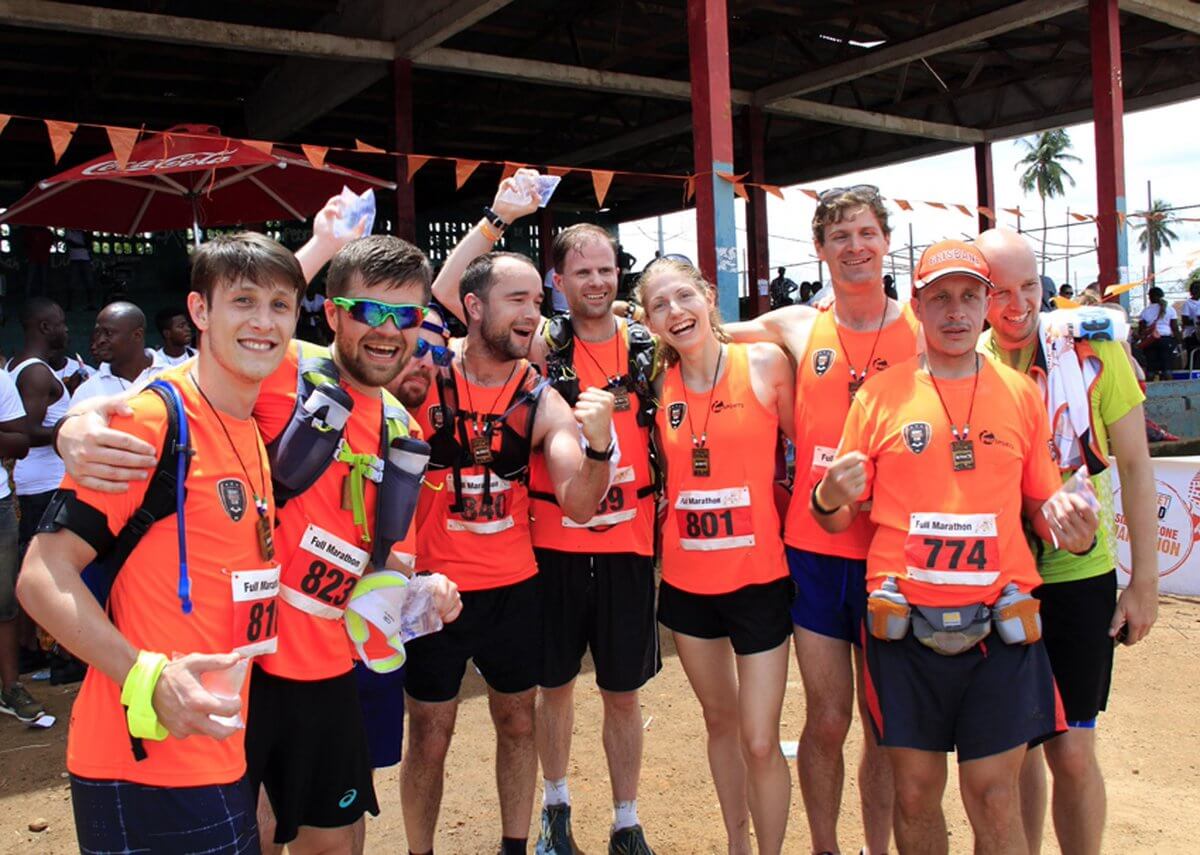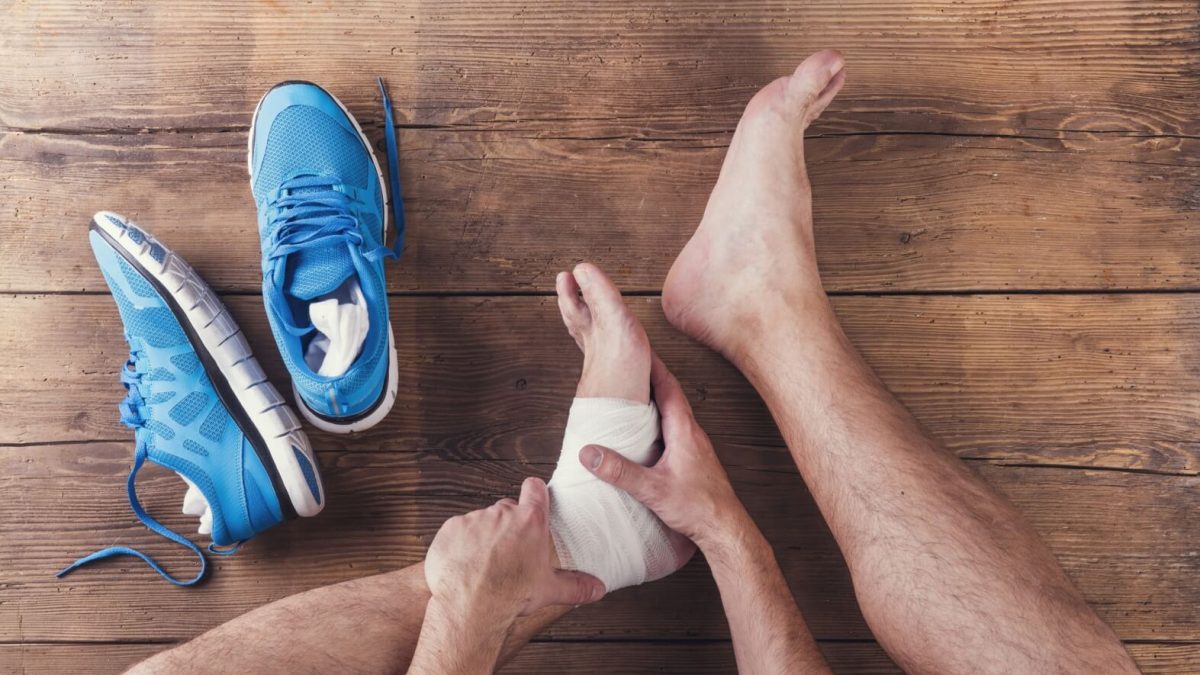
Our Africa Marathons Comrades Marathon Ambassadors
November 15, 2019
What are the Benefits of Joining a Running Club?
November 27, 20198 Top Tips for Injury Prevention in Runners

By Gemma Oates, Africa Marathons team member & Physiotherapist
Running injuries are common, and up to 80% of runners can develop running-related injuries each year. No runner likes to have forced time out from running, so here I explain my top eight tips for injury prevention in runners.
1. Start out gradually
Novice runners can face double the risk of injury than more experienced runners. This is because it takes time for your body to adapt to the load of running, and many people do too much too soon when they first start. It is, therefore, essential to allow time for your body to adapt to running and build up your mileage gradually. A good rule of thumb is to increase mileage by no more than the number of runs you do a week. For example, if you run four times a week, you can increase your weekly distance by 4 miles.
The same rule applies if you have had time out due to injury or illness. Many runners return to their pre-injury level of running too quickly and put themselves at risk of another injury. Therefore, ease back gradually if you have had time out for any reason.
2. Keep to the optimum frequency of sessions
The optimum number of runs is 3-6 a week. Going over seven runs a week increases your injury risk, as not enough recovery is factored in. It is also good to have one complete rest day a week.
Running less than three times a week also adds risk. This is because there isn’t enough frequency for your body to adapt to the load. Keeping your running regular and consistent allows for the load adaptations over time.
3. Find the right volume of mileage
It is thought that running more than 30 miles a week is an injury risk for some runners, especially those prone to injury. Some people can run more but if you are injury-prone, consider keeping to 30 miles a week or less.
You can supplement this with cross-training, which is often very beneficial. Cross-training allows you to progress your cardiovascular fitness without the load and repetitive nature of running.
4. Strength training helps injury prevention in runners
Strength training helps maintain good form and absorb the load of running and forms an integral part of a runners training programme. Aim to do to 2-3 sessions a week, and it is important to focus on core, gluts and general leg strength. Upper bodywork will also be beneficial.

5. Avoid overstriding
Overstriding is when you land with your foot too far away from your centre of gravity, leading to higher impact forces travelling up through your leg. This can increase your risk of stress fractures, knee pain, plantar fasciitis and Achilles tendinopathy.
The best way to determine if you are over striding is to measure your cadence. Over striders often have a cadence of fewer than 160 steps per minute. Try to increase this to over 170 to reduce the impact on your hips, knees and ankles.
6. Break-in new running shoes gradually
A sudden change of footwear can alter your gait, increasing your odds of injury. If you have changed your shoe type, get used to this gradually by swapping between these and your previous shoes. Some people chose to get a transition shoe if you have dramatically changed the shoe type.
7. Get enough sleep
Sleeping less than 7 hours a night can increase your injury risk. This is because this can lead to a reduction in human growth hormone, a compound needed to repair muscles and bones. Sleep is one of the major factors that can aid injury prevention in runners.
Therefore aim to get at least 7 hours of sleep, especially if you are training regularly.
8. Keep your goals realistic
Many runners set themselves big and sometimes unrealistic goals that can lead to overtraining or poor training patterns. Rather than thinking about the goal, put the emphasis on the process to ensure you are training correctly.
Marathon running and ultra marathons are taxing on the body, not to mention the training. So train wisely to prevent injuries and from having a marathon disaster.


